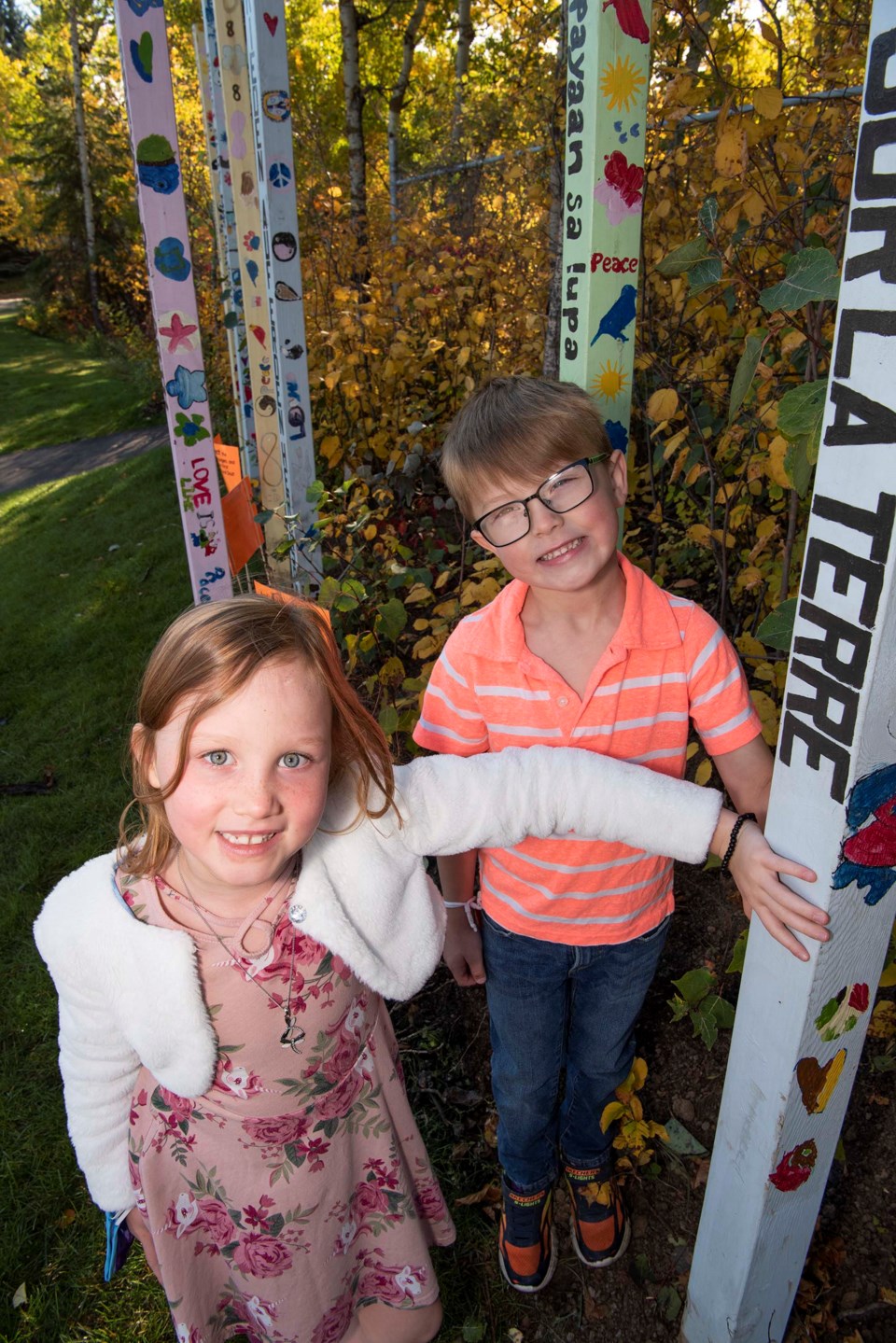St. Albert Public, Greater St. Albert Catholic, and Conseil scholaire Centre-Nord schools close Sept. 30 to mark Canada’s inaugural National Day for Truth and Reconciliation.
The federal government established this new federal holiday in June to honour Indigenous survivors of residential schools and their communities and ensure the commemoration of the history and legacy of residential schools remains part of the reconciliation process. The Truth and Reconciliation Commission called for the creation of such a holiday back in 2015 as part of its 94 Calls to Action.
Three of the St. Albert region’s four school boards rearranged their calendars earlier this month to celebrate the new holiday.
The fourth, Sturgeon Public Schools, did not, and is keeping its schools open.
Outgoing Sturgeon Public chair Terry Jewell said the board did not have enough time to do the consultation necessary to add this day to its calendar, adding that the board might re-examine the issue after the election.
“We think teaching the kids about truth and reconciliation is as important as taking a day off,” he said, adding that students would still observe Orange Shirt Day (a national event that has people wear orange to show their commitment Sept. 30) on Sept. 30.
Week of education
St. Albert and Sturgeon schools have held many lessons and activities about Indigenous culture and the history of residential schools this week, including rescheduled Orange Shirt Day ceremonies.
Joseph M. Demko students painted orange rocks to create a visual reminder of their commitment to truth and reconciliation, St. Albert Public spokesperson Paula Power said in an email. Ronald Harvey students designed orange shirts and discussed Nicola Campbell’s Shi-shi-etko (a story about a child being sent to a residential school), while Leo Nickerson students hosted a guest lecture by Celina Loyer, aboriginal programmer at the Musée Héritage Museum.
Over at Wild Rose Elementary, students made and wore heart-shaped orange pins and learned the significance behind the school’s four-part land acknowledgement, which classes wrote last year while seated atop a gym-sized map of Canada.
The acknowledgement, as demonstrated to The Gazette by students Haydon Mayer and Laila Nixon, is a commitment to celebrate Indigenous culture and be grateful for how First Nations, Métis, and Inuit peoples have shared this land with immigrants, and feature intricate choreography.
This week is all about remembering Canada’s First Nations, Métis, and Inuit people and how they decided to share this land with all of us, Mayer said.
“If they didn’t share, we’d have to go to another country.”
Nixon said she would be saddened if she had been treated like Indigenous youths were in residential schools, where they were not allowed to go home and could be stripped of their shirts (as was the case with residential school survivor Phyllis Webstad and her orange shirt — the inspiration for Orange Shirt Day).
“They were treated very, very badly.”
Wild Rose Kindergarten teacher Amy Bautista said students learn about Indigenous culture and the residential school system throughout the year in different ways. While older students study specific dates and players in the system, younger ones start with the idea that Indigenous people were here first.
“If you were here first, you should be honoured and respected and be allowed to live in a way you like to,” she explained.
Bautista said she is proud her school district is setting aside the time to recognize the Day for Truth and Reconciliation and hopes students will use their day off to act on the lessons they learned this week.
Mayer and Nixon said adults can demonstrate their commitment to truth and reconciliation this week by picking up trash and treating the land with respect.
Check the online edition of this story to see Mayer and Nixon demonstrate the Wild Rose land acknowledgement.
Read more from StAlbertToday.ca



